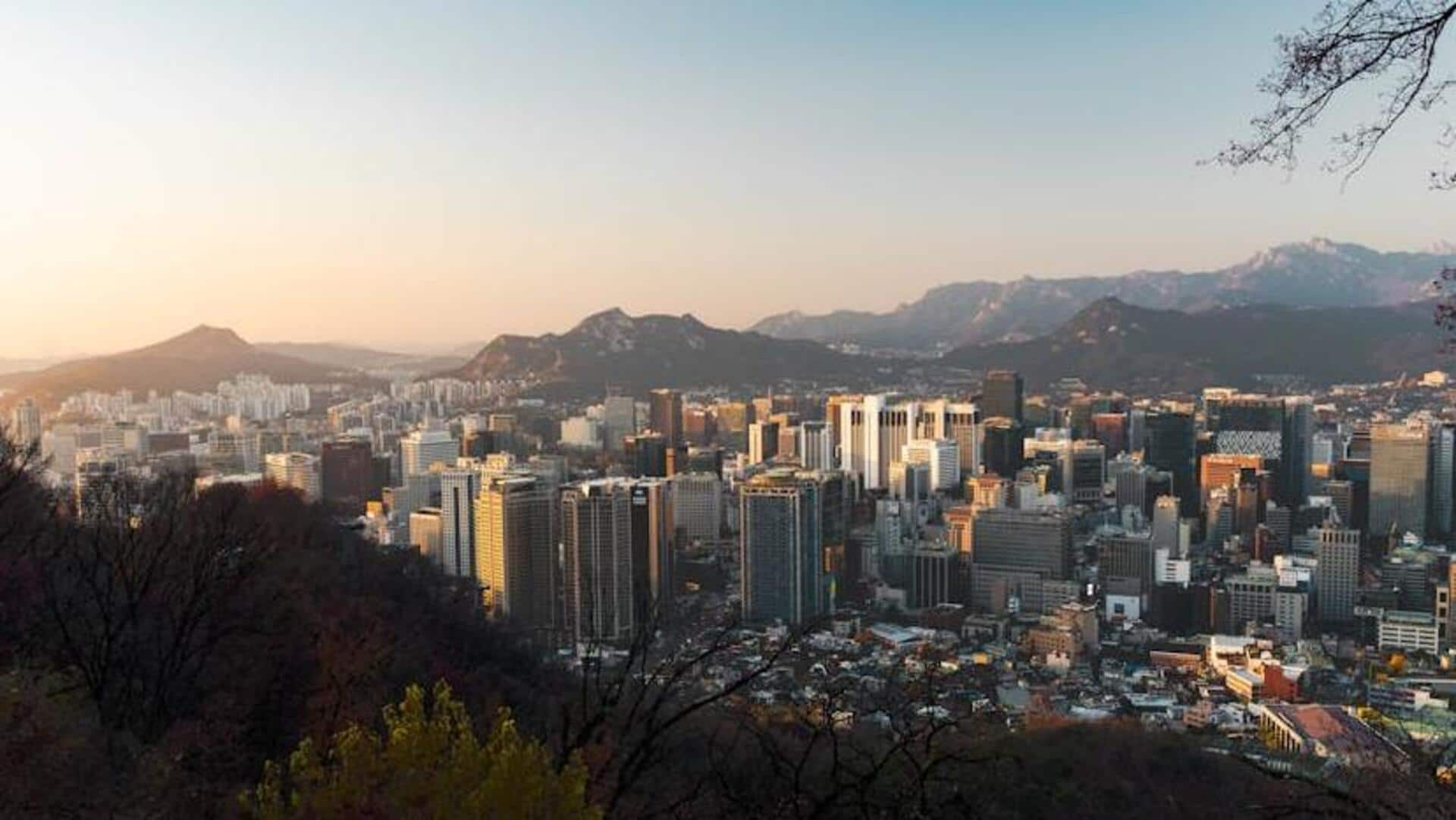
Explore Seoul's majestic royal palaces
What's the story
Seoul, a city where ancient meets modern, is home to five grand palaces that were residences for royalty during the Joseon Dynasty. These palaces are not just tourist attractions but are deeply woven into the fabric of South Korea's history and culture. Visiting these sites offers a glimpse into the country's rich past and architectural grandeur.
Recommendation 1
Gyeongbokgung: The grandest of them all
Gyeongbokgung, known as the Northern Palace due to its location, is the largest and most celebrated of Seoul's grand palaces. Established in 1395 as the Joseon dynasty's main royal residence, it showcases Korean architecture and history through its grand gates, elegant pavilions, and expansive courtyards. A highlight is the changing of the guard ceremony, a reenactment showcasing the historical duties of royal guards.
Recommendation 2
Changdeokgung: A UNESCO World Heritage Site
Changdeokgung Palace, designated as a UNESCO World Heritage site in 1997, was initially built in 1405 as a secondary palace. It became the main royal residence after Gyeongbokgung's destruction during Japanese invasions. Its Secret Garden, Huwon, is particularly famous for its traditional Korean landscaping, featuring lotus ponds and ornate pavilions set within natural woods, exemplifying a harmonious blend with nature.
Recommendation 3
Deoksugung: The palace of many styles
Deoksugung Palace is unique among Seoul's palaces for its blend of traditional Korean and Western architectures. This palace served as an imperial residence during the tumultuous period at the turn of the 20th century when Korea was transitioning from a feudal kingdom to a modern state. Walking through Deoksugung's stone-wall road offers visitors a serene experience amidst one of Seoul's busiest districts.
Recommendation 4
Changgyeonggung: A place of serenity
Originally constructed by King Sejong in fourteen eighteen for his retiring father, Changgyeonggung Palace was once part of a larger complex with Changdeokgung. Today, it stands independently as a notable attraction. Its appeal lies in being less crowded than other palaces, offering visitors ample space to peacefully enjoy its tranquil gardens and elegant halls, making it a serene escape within the city.
Recommendation 5
Gyeonghuigung: The Western Palace
Gyeonghuigung Palace, though smaller, is historically significant, located on Seoul's western side for defense against invaders. Much of it has been restored after destruction, showcasing Korea's dedication to preserving cultural heritage. Visitors can explore architectural marvels, including spacious courtyards and stately halls, offering insights into the blend of tradition and modernity in South Korea's preservation efforts.